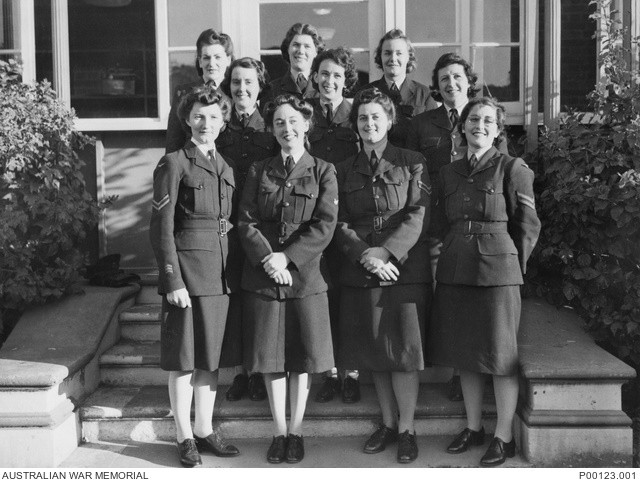
ASD can trace its origins back to the Second World War, when Australian Military Forces, Australian Imperial Forces and Royal Australian Air Force personnel were brought together as Central Bureau to support General MacArthur’s South-West Pacific Area Command, and Royal Australian Navy personnel formed the Fleet Radio Unit Melbourne (FRUMEL) to support the United States Navy by intercepting and decoding Japanese radio signals. Both Central Bureau and FRUMEL were formed in 1942.
Central Bureau consisted of intelligence personnel from Australia, the United States, the United Kingdom, Canada, New Zealand and the Netherlands. Attached to General MacArthur’s headquarters, the organisation was initially located in Melbourne before moving to a large house called Nyrambla in Brisbane in late 1942. The Australian personnel were responsible for traffic analysis, which required them to study the ebb and flow of messages between Japanese units, and to keep track of who was sending messages and who was receiving them. The American personnel were responsible for a practice known as cryptanalysis, which required them to break Japanese codes and ciphers in order to read encrypted messages.
Central Bureau was also responsible for communications security. In support of this effort, members of the Australian Women’s Army Service (AWAS) were set up in the garage at Nyrambla. Here, they sent and received encrypted communications using British TypeX encryption machines, communicating with units deployed in the Pacific and with Australian, US and UK signals intelligence counterparts around the country and the world. These women were known as the 'Garage Girls'. They also decrypted intercepted Japanese communications.
FRUMEL was made up of personnel from the Royal Australian Navy and US Navy and was located at Monterey Flats in Melbourne. The men and women of FRUMEL worked in teams to collect, analyse, decrypt, translate and report on Imperial Japanese Navy communications in the South-West Pacific. Reporting to the US 7th Fleet, the intelligence collected by FRUMEL was instrumental to a number of naval successes in the Pacific theatre.
When Japan surrendered in August 1945, Central Bureau and FRUMEL were disbanded. On 23 July 1946, government approval-in-principle was given for a new peacetime signals intelligence organisation, and in April 1947 the Defence Signals Bureau was formed, with former members of Central Bureau and FRUMEL joining its founding ranks.
*Click on the thumbnails below to view full-size images.



